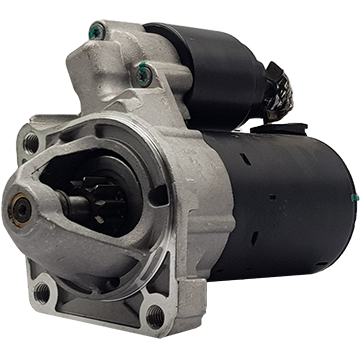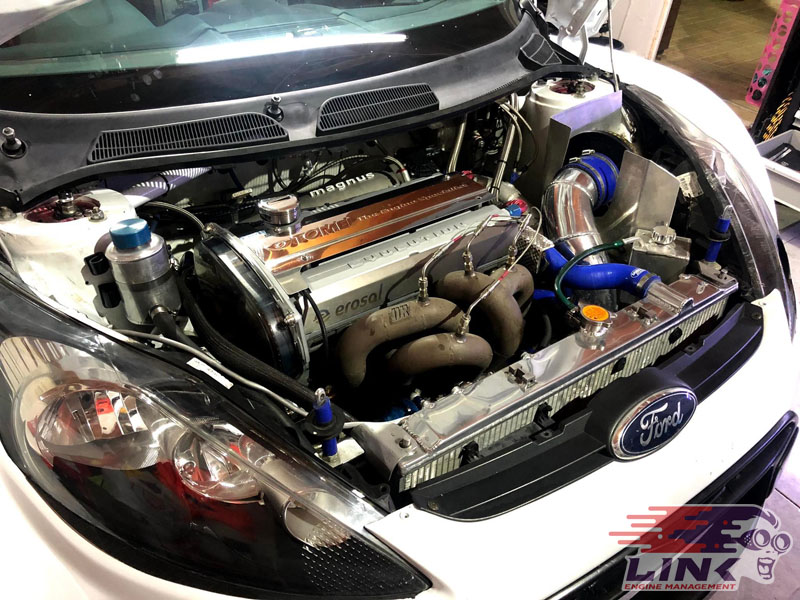Top Ford Fiesta Engine Repairs to Avoid Costly Damage
Top Ford Fiesta Engine Repairs to Avoid Costly Damage
Blog Article
Checking Out the Development of Engines: From Traditional Styles to Modern Marvels
From the preliminary steam engines that powered the Industrial Change to the appearance of inner burning engines that transformed movement, each phase has actually contributed to higher efficiency and ability. As we check out these milestones, one should think about how the future of engine layout may unfold, testing our understandings of power and performance.
The Birth of Engine Technology
The introduction of engine innovation marked a crucial moment in human technology, transforming power conversion and transportation. The earliest engines arised from the requirement to harness mechanical power for sensible usage, leading to the growth of gadgets that transformed numerous power types into movement (ford fiesta engine).
The advancement of the interior burning engine and the innovation of the steam engine catalyzed an extensive shift in industrial capabilities. These engines not only boosted performance yet also expanded the scope of human wheelchair, allowing unprecedented transport opportunities. The very early prototypes laid the groundwork for the mechanized world, helping with the rise of industries and improving social frameworks.
As engine styles progressed, they incorporated ingenious materials and progressed design concepts, paving the means for modern growths - ford fiesta engine. The birth of engine innovation stired up a ruthless quest of effectiveness and power, establishing the phase for the dynamic development of transportation and industrial equipment that would comply with
Heavy Steam Engines and Their Impact

The steam engine's impact was particularly noticeable in the transportation industry (ford fiesta engine). Steam-powered engines helped with the fast activity of products and people across vast distances, properly shrinking the geographical barriers that had previously prevented profession and interaction. Steamships revolutionized marine traveling, enabling for quicker and extra trustworthy crossings of rivers and oceans.
In industry, steam engines powered factories, making it possible for mass manufacturing and the increase of metropolitan facilities as centers of financial task. This shift not only changed labor dynamics yet likewise added to the emergence of a consumer-driven society. Furthermore, steam modern technology promoted developments in engineering and manufacturing processes, preparing for future advancements in engine layout. The heritage of steam engines is extensive, reflecting a crucial moment in human ingenuity and the relentless quest of development.
The Rise of Inner Combustion
Regularly eclipsing steam power, the surge of interior burning engines noted a transformative change in transport and sector throughout the late 19th and very early 20th centuries. The advancement of these engines, defined by their capability to burn fuel within the engine itself, allowed better performance and power compared to typical heavy steam engines. Introducing inventors such as Nikolaus Otto and Rudolf Diesel played vital functions in improving engine designs, bring about prevalent adoption in vehicles, boats, and industrial machinery.
The interior burning engine's small size and reasonably lightweight nature facilitated the development of personal automobiles, revolutionizing individual flexibility and reshaping metropolitan landscapes. By allowing faster traveling and the reliable transport of items, these engines catalyzed financial development and fostered globalization. The adaptability of fuel choices, including fuel and diesel, even more boosted their allure, enabling diverse applications across numerous markets.
Despite the ecological problems that would later arise, the preliminary attraction of inner burning technology stocked its transformative potential. As culture accepted this innovation, the structure was laid for contemporary transport systems, establishing internal burning engines as a keystone of industrial development and every day life throughout the 20th century.
Advancements in Engine Effectiveness
As internal burning engines ended up being integral to transport and industry, the focus moved in the direction of enhancing their effectiveness to meet growing demands for efficiency and sustainability. Continue Innovations in engine layout, product science, and technology have dramatically added to this advancement.
One major advancement is the growth of turbocharging, which enables increased air consumption, resulting in more full fuel combustion and enhanced power outcome without increasing the size of engine size. Furthermore, variable valve timing systems have actually been carried out to optimize engine efficiency across different RPM ranges, thus enhancing fuel performance.
The application of sophisticated fuel injection modern technologies, such as direct shot, has actually likewise played a critical role. This approach enables even more accurate control over the fuel-air blend, advertising much better burning and decreasing emissions. Furthermore, light-weight materials, including aluminum and composite elements, have been adopted to decrease overall engine weight, bring about improved efficiency.
These advancements show a more comprehensive fad within the automotive sector, where the synergy in between engineering technology and environmental factors to consider drives the recurring mission for higher performance in interior combustion engines. Consequently, contemporary engines are now extra powerful, cleaner, and efficient than ever in the past, leading the way for a more sustainable future in transport.
The Shift to Electric Power
With expanding worries over environmental effect and nonrenewable fuel source dependence, the automotive market is experiencing a significant change in the direction of electrical power. This shift is driven by a mix of technical innovations, regulatory stress, and transforming consumer choices. Electric vehicles (EVs) use a compelling alternative to conventional interior combustion engines, flaunting minimized greenhouse gas emissions and reduced operating costs.
The More Info increase of battery innovation has actually been a video game changer, with lithium-ion batteries ending up being more economical and reliable. Enhanced energy density and faster billing capabilities have actually made EVs a lot more practical for daily use. Additionally, governments worldwide are executing motivations and establishing ambitious targets for phasing out nonrenewable fuel source cars, therefore speeding up the fostering of electrical power.
As billing framework expands and battery modern technology proceeds to enhance, the shift to electric power is positioned to improve the vehicle landscape, promoting sustainability and advancement in the years to come. The future of transportation is electrical, and the energy is undeniable.
Conclusion
The evolution of engine technology represents a substantial trajectory of development that has actually greatly affected transport and market. From the foundational heavy steam engines to the transformative inner combustion engines, each development has contributed to improved wheelchair and economic development.

Report this page